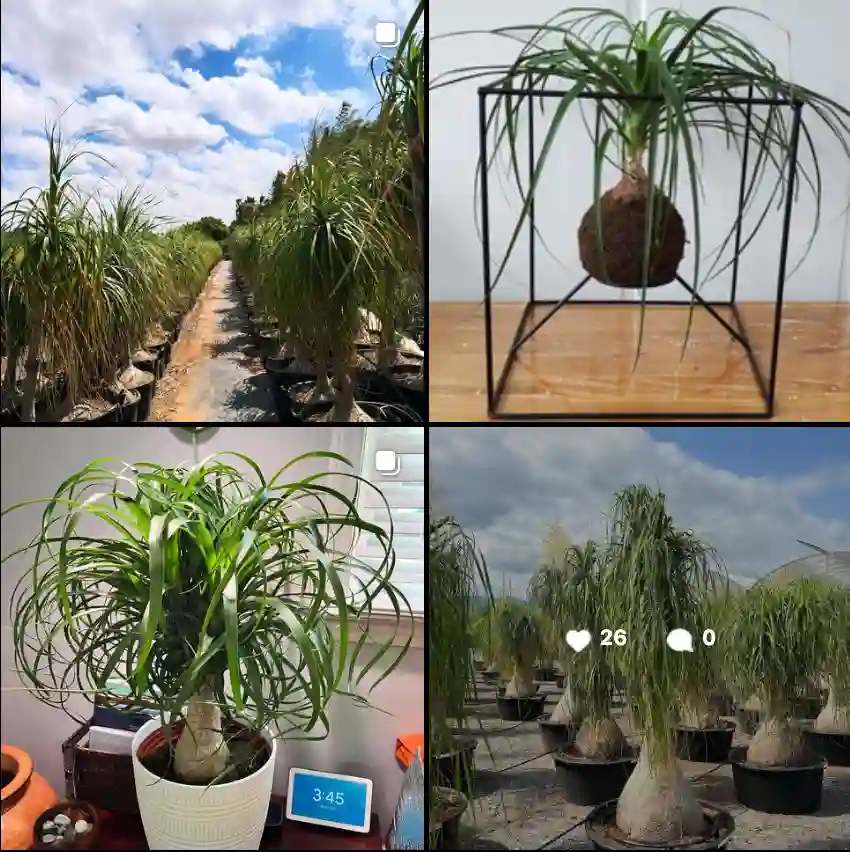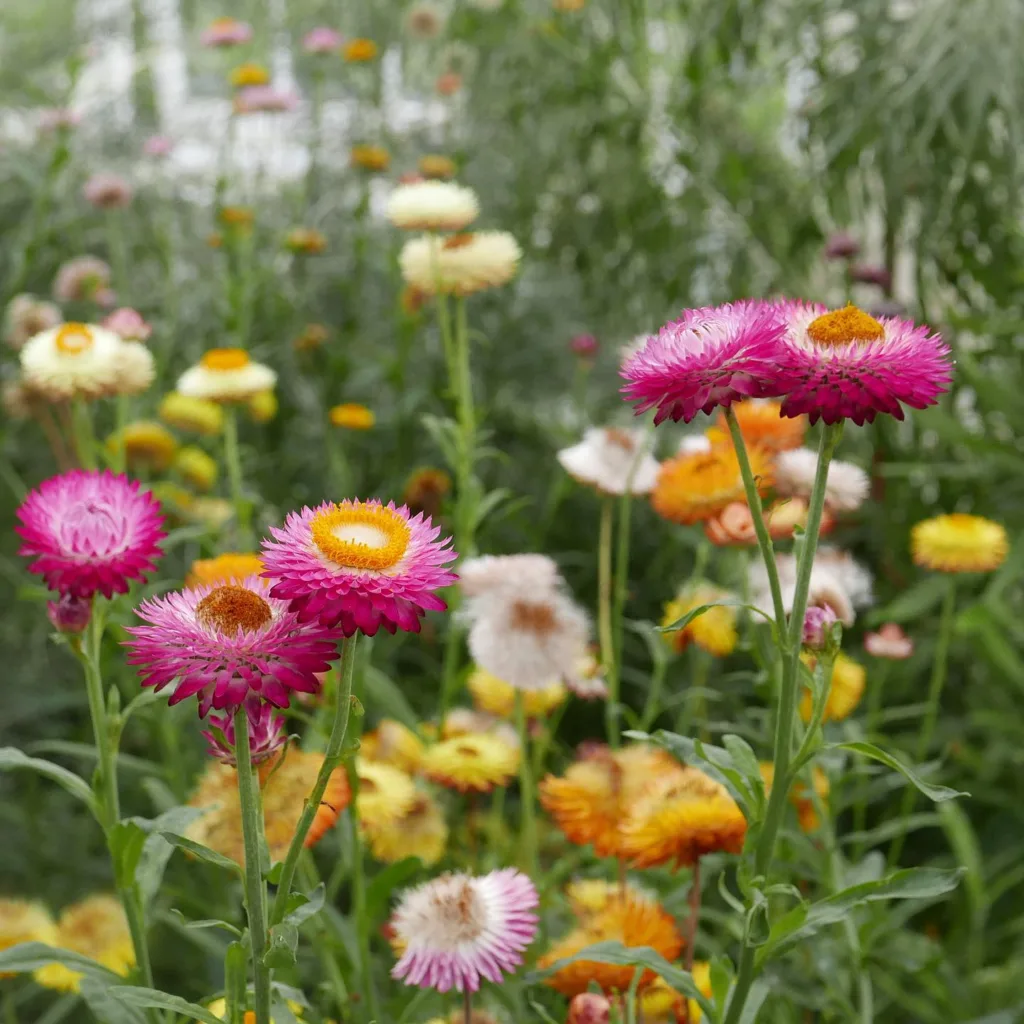The Charm of Santolina: A Gardener’s Appreciation
My name is Ferb Vu, and I’m an avid gardener with a particular fondness for the genus Santolina from the Asteraceae family. These evergreen shrubs, with their delicate foliage and captivating aroma, have won a special place in my heart and garden. Native to the sunny landscapes of the Mediterranean, Santolina species bring a touch of that warm, arid beauty to any setting.
What I find most appealing about Santolina is its versatility. It thrives in dry, sunny conditions, making it a perfect choice for xeriscaping or rock gardens. Its compact growth habit and tolerance for pruning make it equally suitable for borders, hedges, and even container gardening. And, of course, there’s the fragrance. The leaves, when crushed, release a delightful aroma, often described as a blend of lavender, rosemary, and chamomile. This aromatic quality not only adds to the sensory experience of the garden but also helps to deter pests.
A Diverse Genus
While Santolina chamaecyparissus (Lavender Cotton) is perhaps the most widely recognized species, the genus boasts a diverse range of forms and colors. Here are:
- Santolina chamaecyparissus: Also known as cotton lavender or gray santolina, Santolina chamaecyparissus is a compact evergreen shrub known for its finely textured, silver-gray foliage and aromatic properties. Its foliage releases a pleasant scent when brushed against, making it popular for sensory gardens. This species produces small, bright yellow, button-like flowers atop thin stems in the summer, adding a cheerful touch against the silvery leaves. Well-suited to dry, sunny conditions, it thrives in rock gardens, borders, and xeriscaping due to its drought resistance. Plant FAQs: Santolina Chamaecyparissus
- Santolina rosmarinifolia: Sometimes called green santolina or holy flax, Santolina rosmarinifolia is known for its needle-like, bright green foliage, which resembles that of rosemary. Unlike its gray-foliaged relatives, this species provides a vibrant green color year-round and produces clusters of small yellow flowers that bloom in summer. It’s a tough, drought-tolerant plant that does well in poor, sandy soils and full sun, making it an excellent choice for Mediterranean-style gardens or as a low-maintenance ground cover.
- Santolina pinnata: Santolina pinnata, often referred to as green lavender cotton, has a striking, finely divided foliage that provides a feathery appearance. Its vibrant green leaves and dense growth habit make it popular as a hedge or edging plant. This species also flowers in summer, producing small yellow flower heads that complement its green foliage. Like other Santolinas, it prefers sunny, well-drained locations and is particularly valued for its resilience to dry conditions and ornamental foliage texture.
- Santolina virens: Santolina virens, sometimes known as “green cotton lavender,” is an evergreen subshrub with bright, lush green foliage that resembles miniature pine needles. It’s prized for its tidy, low-growing form, which is ideal for ground cover or edging. This species blooms with small, button-like yellow flowers in the summer, adding a touch of color to the lush green foliage. As a hardy and drought-tolerant plant, Santolina virens thrives in hot, dry climates and is often used in xeriscaping and Mediterranean garden designs.
- Santolina africana Jord. & Fourr.
- Santolina ageratifolia Asso
- Santolina benthamiana Jord. & Fourr.
- Santolina canescens Lag.
- Santolina corsica Jord. & Fourr.
- Santolina decumbens Mill.
- Santolina elegans Boiss. ex DC.
- Santolina ericoides Poir.
- Santolina etrusca (Lacaita) Marchi & D’Amato
- Santolina impressa Hoffmanns. & Link
- Santolina intricata Jord. & Fourr.
- Santolina ligustica Arrigoni
- Santolina magonica (O.Bolòs, Molin. & P.Monts.) Romo
- Santolina melidensis (Rodr.Oubiña & S.Ortiz) Rodr.Oubiña & S.Ortiz
- Santolina montiberica (Riv.-Guerra) R.Carbajal, L.Sáez, M.Serrano & S.Ortiz
- Santolina neapolitana Jord. & Fourr.
- Santolina oblongifolia Boiss.
- Santolina orocarpetana Riv.-Guerra
- Santolina pectinata Lag.
- Santolina semidentata Hoffmanns. & Link
- Santolina vedranensis (O.Bolòs & Vigo) L.Sáez, M.Serrano, S.Ortiz & R.Carbajal
- Santolina villosa Mill.
- Santolina viscosa Lag.
Cultivating Santolina
Growing Santolina is a relatively straightforward endeavor. These tough plants thrive in well-drained soil and full sun. They are drought-tolerant once established, requiring minimal watering. Regular pruning helps maintain their shape and encourages bushier growth. I find that they respond well to light fertilization in spring.
Beyond the Garden
The uses of Santolina extend beyond its ornamental value. Traditionally, it has been employed for its medicinal and aromatic properties. The essential oil extracted from the plant has antiseptic and anti-inflammatory qualities. Dried Santolina leaves can be used in potpourris and sachets to freshen the air and repel insects.
My Personal Connection
My fascination with Santolina began with a single plant, a gift from a fellow gardener. Its silvery foliage and compact form immediately caught my eye. As I learned more about the genus, I was drawn to its resilience, its fragrance, and its versatility. Over time, I have incorporated various Santolina species into my garden, creating a tapestry of textures and scents.
I find that working with Santolina is a calming and rewarding experience. Its low-maintenance nature allows me to enjoy the beauty of my garden without constant upkeep. The aromatic foliage invigorates my senses, and the vibrant colors bring joy to my heart.
In the world of gardening, Santolina may not be the most flamboyant or demanding genus. But its quiet beauty, resilience, and versatility have earned it a place of honor in my garden and in my heart. I encourage fellow gardeners to explore the charm of Santolina and discover its many virtues for themselves.
If i die, water my plants!



